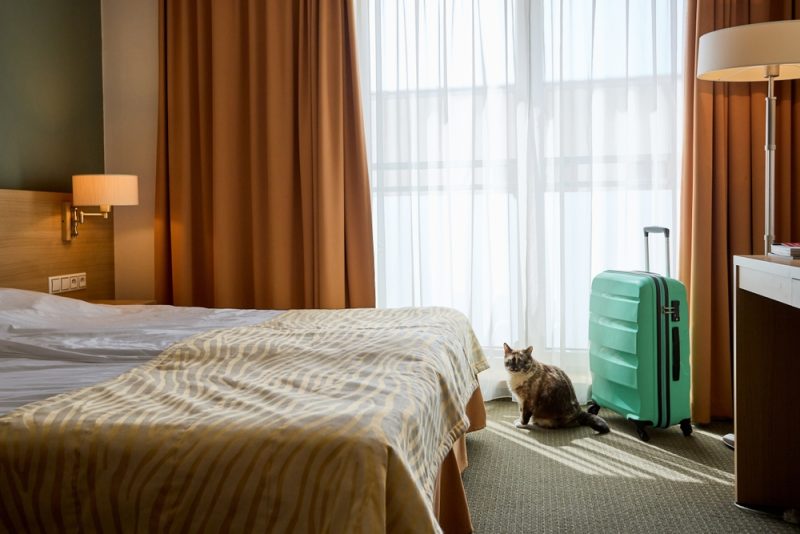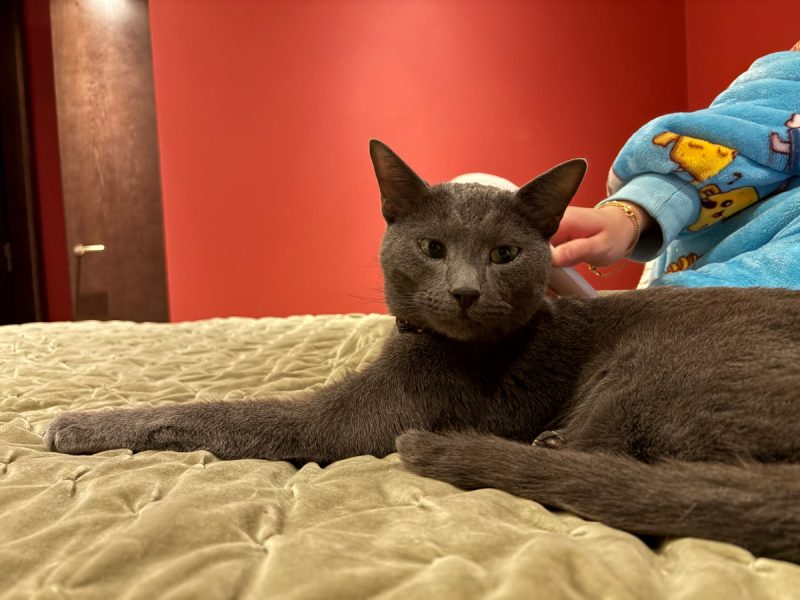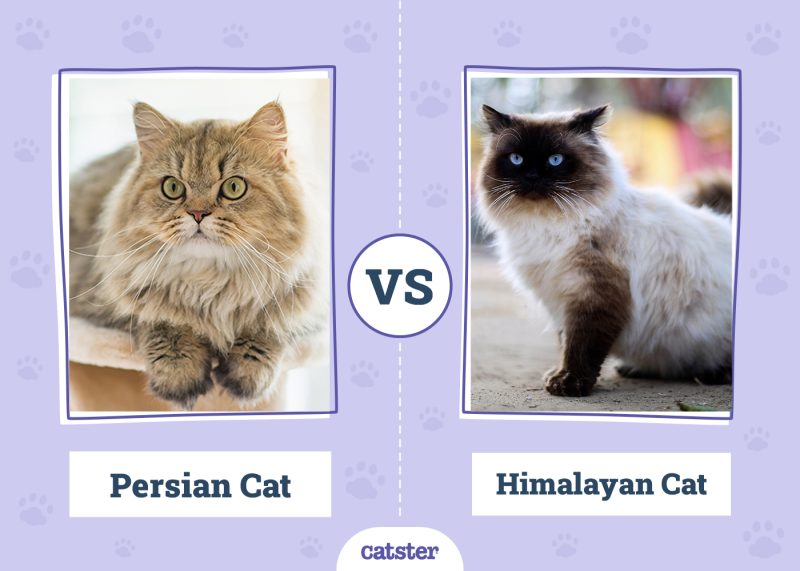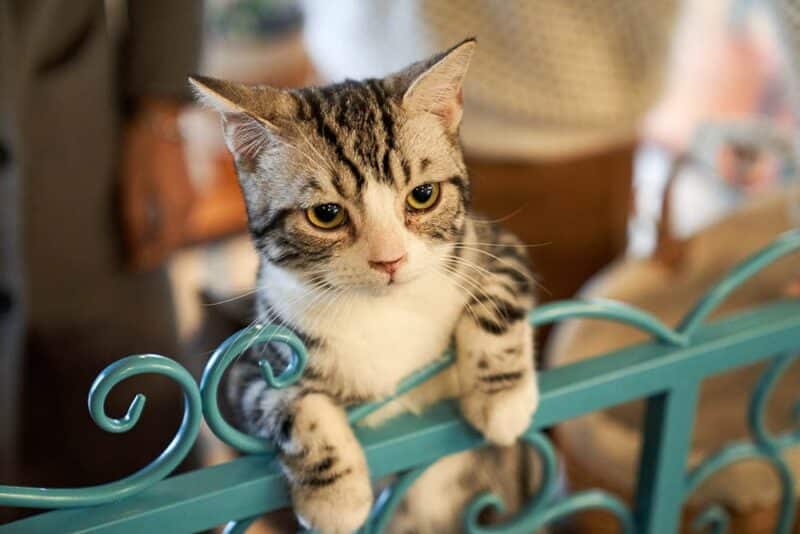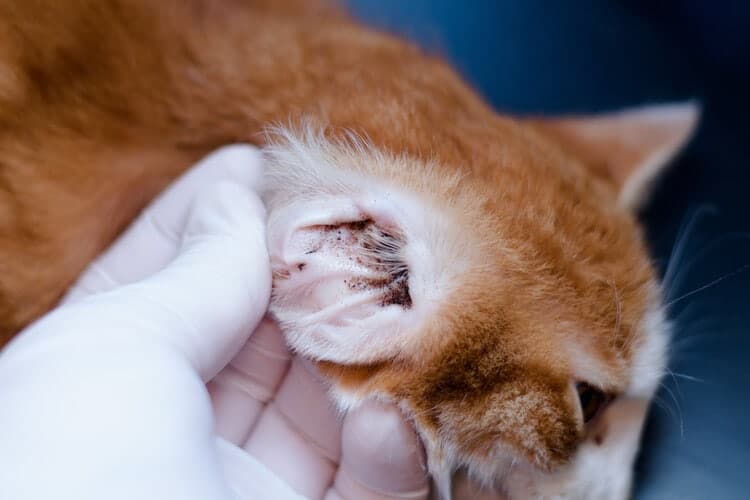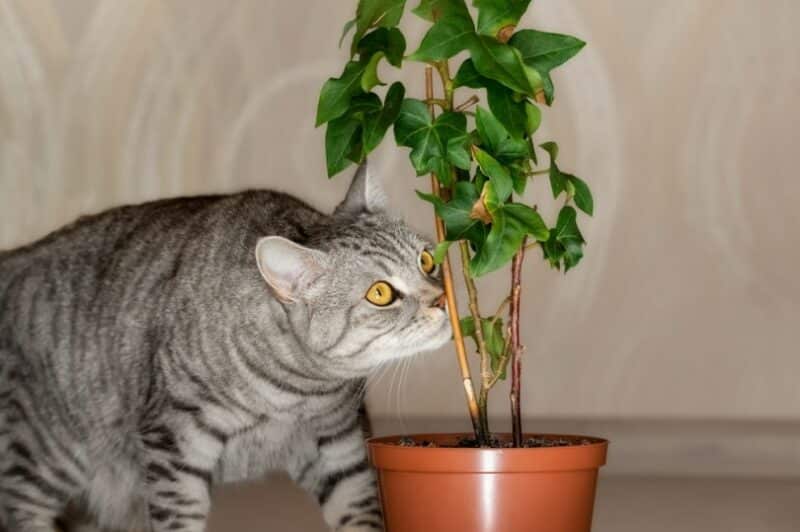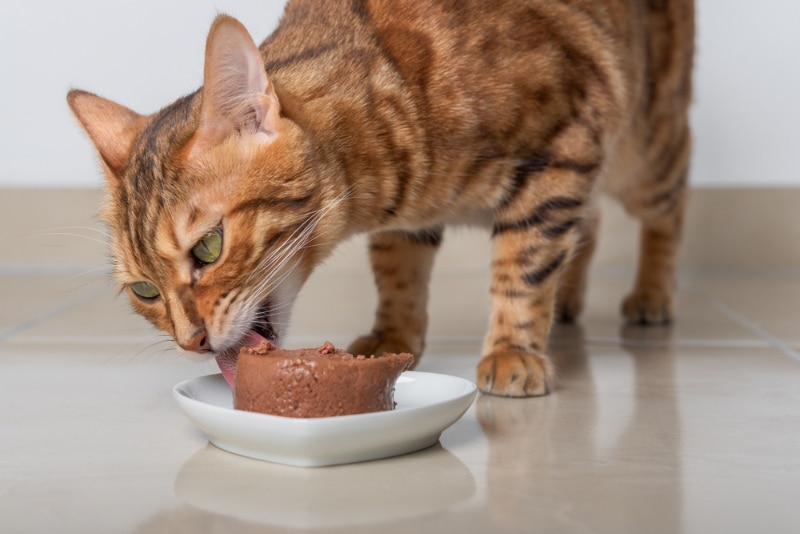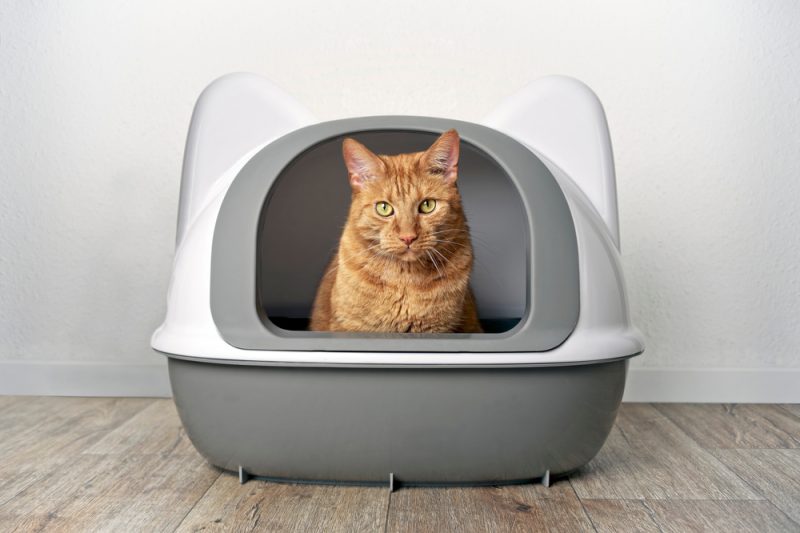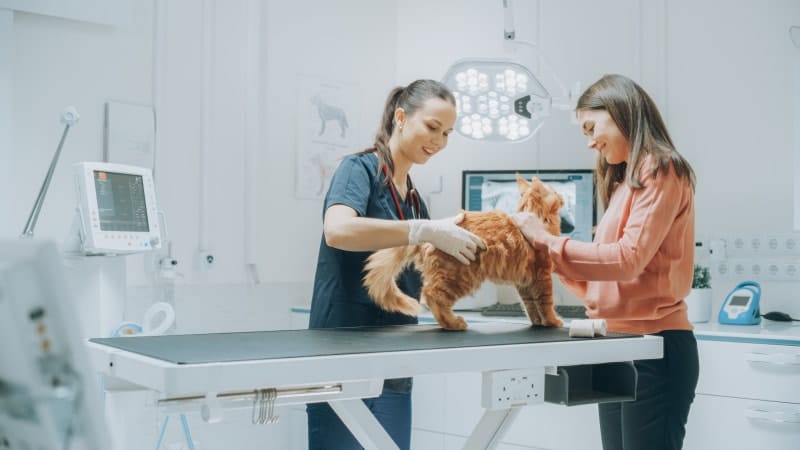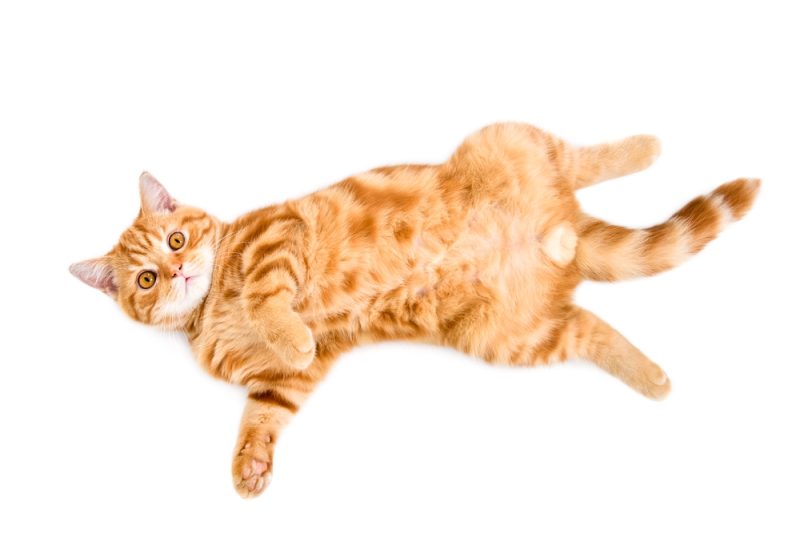In this article
Having cats can be rewarding but also a struggle for some people due to allergies. If you have cats and family members allergic to cat dander, you should know that this dander is traveling through your vents and air ducts. Dander is shed regularly from your cat and then becomes airborne, making it easy to get sucked into your ventilation system. Then every time your heat or air kicks on, this dander circulates.
You might be wondering if this dander affects your air quality and home (other than encouraging allergies). And you’re probably wondering if the situation can be remedied in any way. Continue reading to find out exactly that!

What Is Pet Dander?
What exactly is dander? Cat dander is made up of tiny flakes of skin shed by your cat. It’s so small you can’t see it, but it can have a large impact if you’re allergic. And dander is a pretty common allergy for people to have.
In fact, roughly 10%–20% of those with allergies are allergic to it, with people being more likely to be allergic to cats. Allergy sufferers may be less allergic to some breeds than others or be allergic to a pet’s saliva rather than dander, but pet allergies certainly aren’t uncommon.
That’s why having cat dander circulating in your air vents can be such a huge deal.
How Dander Affects Your Air and Home
Because cat dander is microscopic and lightweight, it easily becomes airborne and gets sucked into your ventilation system. It then can travel from room to room in your home, getting stuck to everything from bedding to clothing. That means more allergic reactions for those with allergies.
But cat dander in your vents can lower the quality of the air in your home in general, too, among other things. Besides dander being circulated throughout the home, making the allergen widespread, this dander can also clog up your air filter if you’re not cleaning it regularly. And that can cause several issues, such as pet odor also becoming trapped and spreading throughout the house, a stressed HVAC system (meaning more maintenance costs), and less energy efficiency (meaning higher bills).
As you can see, dander can cause quite a bit of trouble despite its small size!

Signs Dander Is Affecting Your Home
You’ll see several signs in the home if you’re having issues with cat dander in your vents.
- Itchy, watery eyes
- Wheezing
- Sneezing, congestion, or runny nose
- Fatigue
- Rashes
- Your home not getting cool, even with the air on
- An air conditioner evaporator coil that’s frozen
- Higher than normal bills
- HVAC system overheating

Can I Keep Dander Out of My Vents and Air Ducts? (6 Tips to Reduce It)
Unfortunately, you’ll never be able to 100% get rid of dander in your home, vents, or air ducts. But there are ways to reduce how much dander is being spread around.
- First and foremost, change your air filter each month. Usually, you’d want to change your filter every three months, but with cats and dander around, you’ll want to do it every month.
- You can also install a HEPA filter into your air handling system. These filters are specifically designed to catch more dander particles, so less get through to circulate the house.
- Remove dander from the home each week by starting a regular schedule of cleaning. This means dusting, vacuuming, sweeping, and mopping weekly, as well as washing bed sheets each week. Doing this will reduce the amount of dander build-up in your home.
- Groom your pets regularly to help get rid of dander. It may be too difficult to give your cat a weekly bath, but you can certainly brush them every week.
- Try keeping your pet away from the vents (another difficult task, we know). Cats have a mind of their own, but encourage your pet to keep away from vents by setting toys and food and water bowls in places where there are not any.
- Finally, have your air ducts cleaned regularly to help prevent too much dander from building up.

Conclusion
Having cats means having cat dander in your home, and because dander is so tiny and lightweight, it can easily get into your air ducts and vents. While the issue cannot be 100% resolved, you can take steps to reduce the amount of dander both in your vents and your home in general. One big step is weekly cleaning of your home to reduce dander, but you can also take other steps, such as installing a HEPA filter and changing your regular air filter more often.
By doing things like this, the allergy sufferers in your home should have an easier time, and everyone can enjoy having their cat around!
Featured Image Credit: RJ22, Shutterstock




